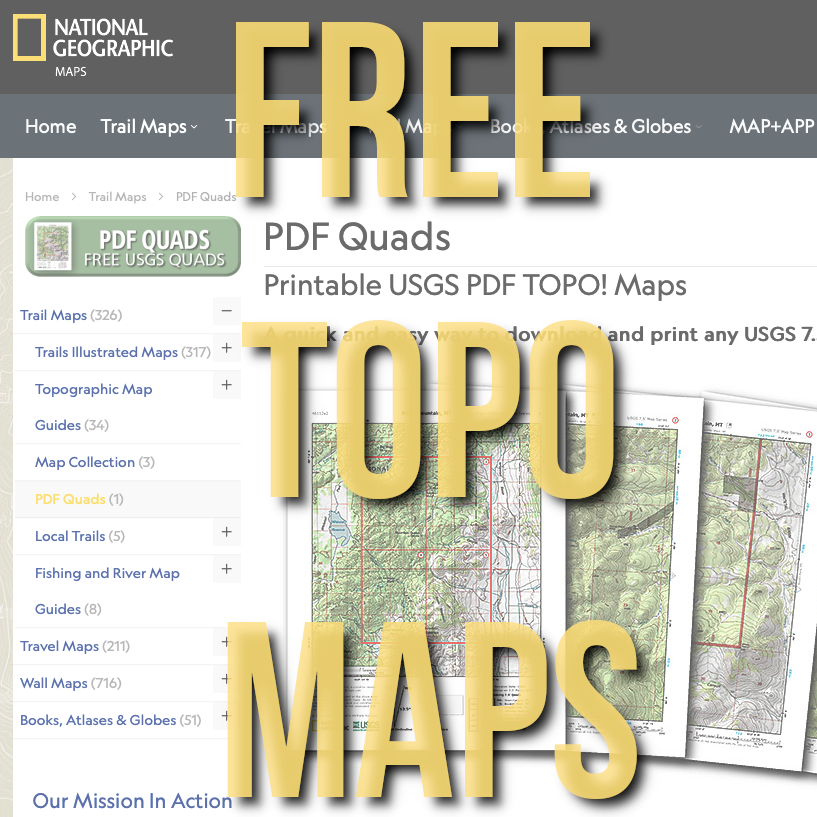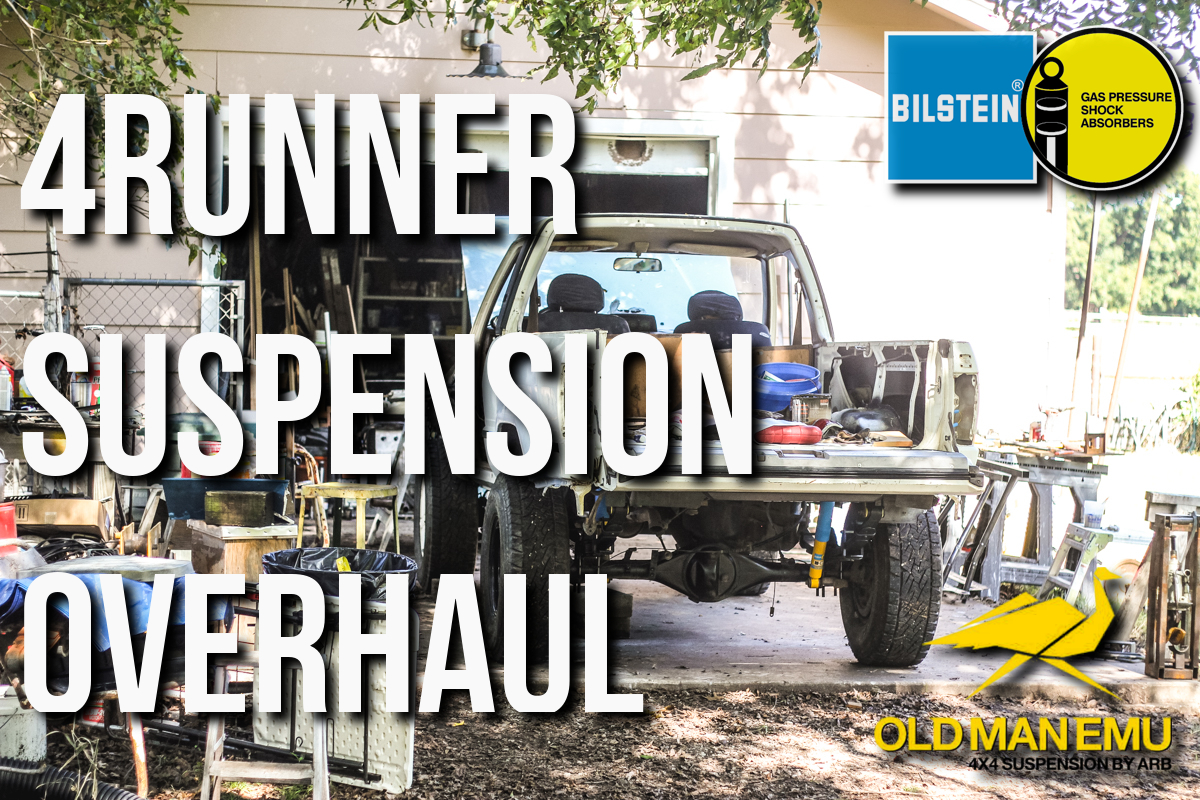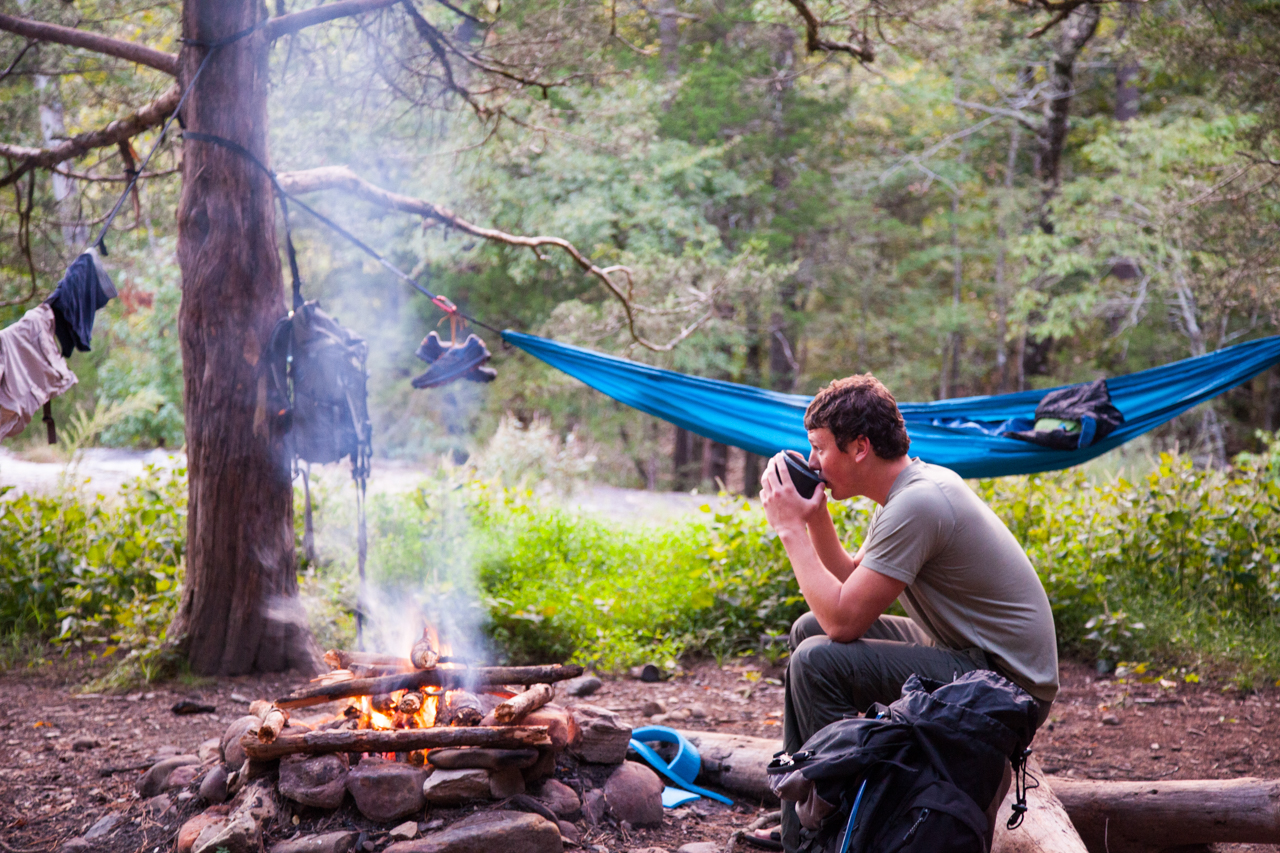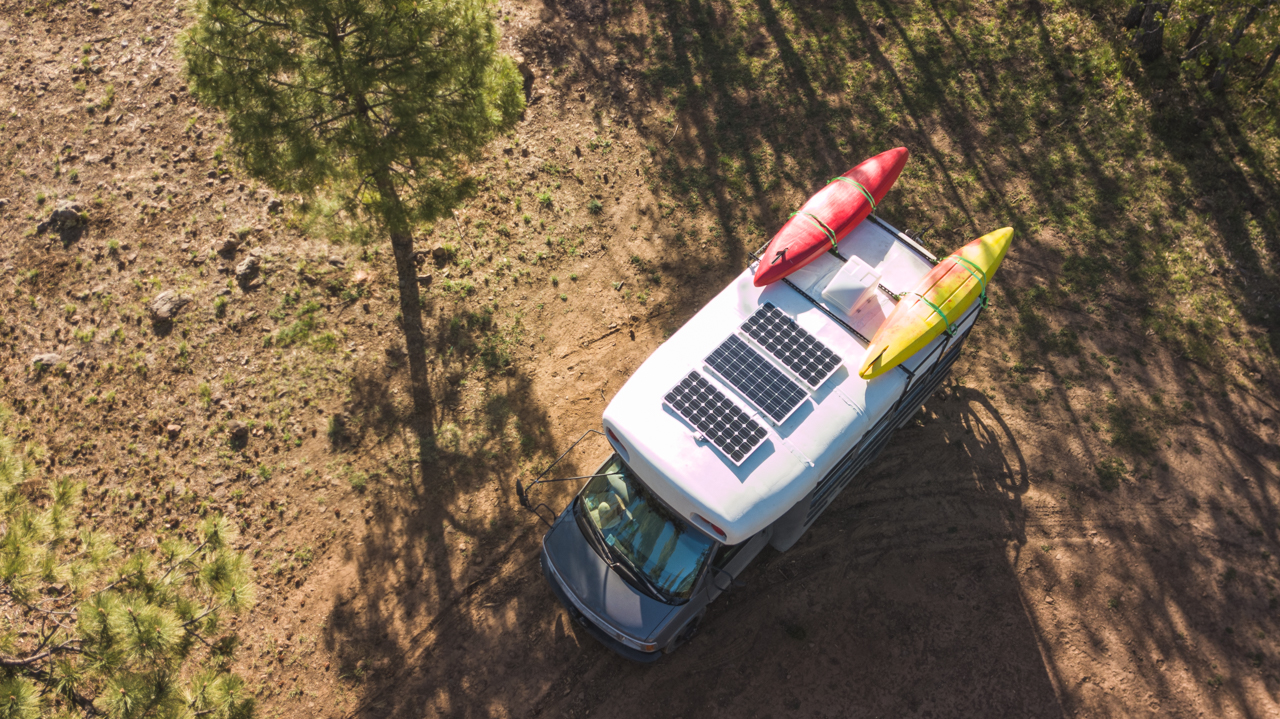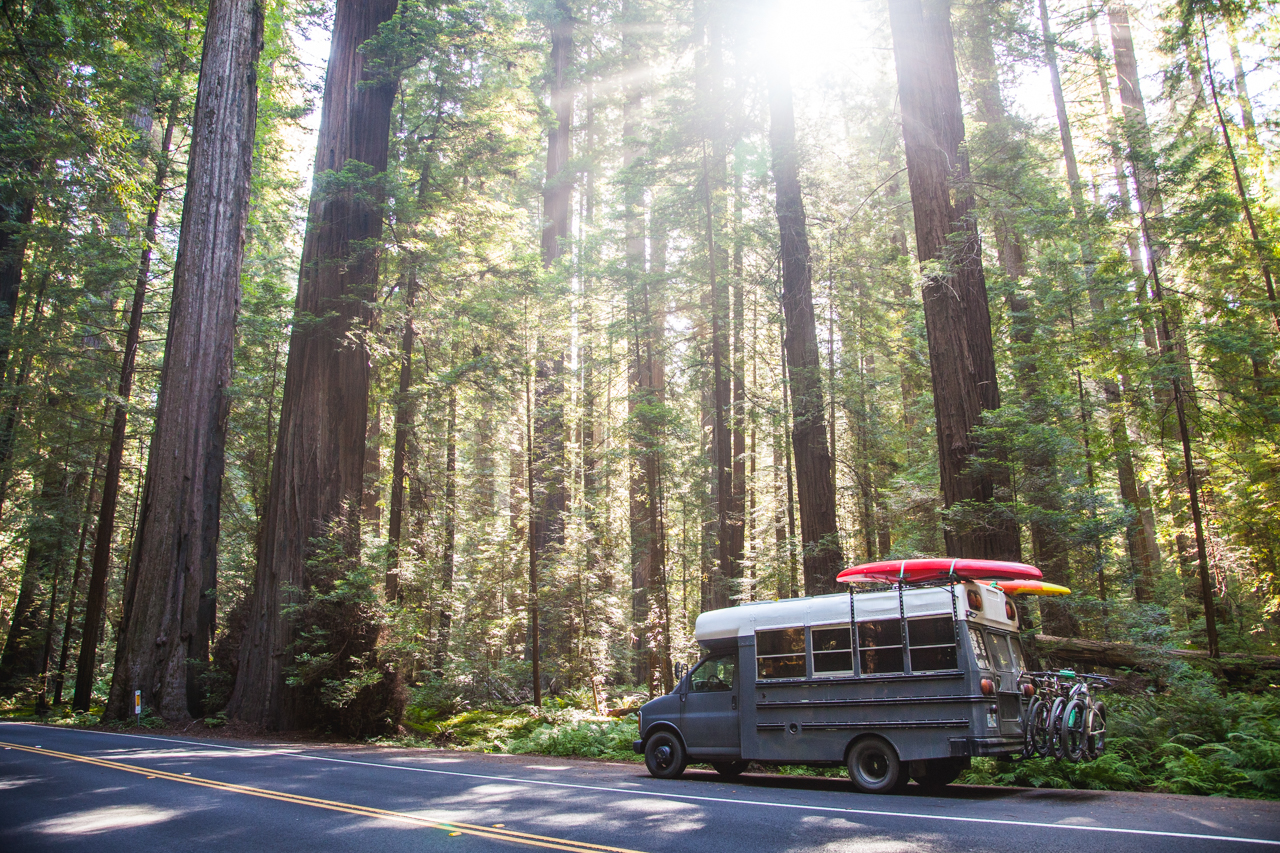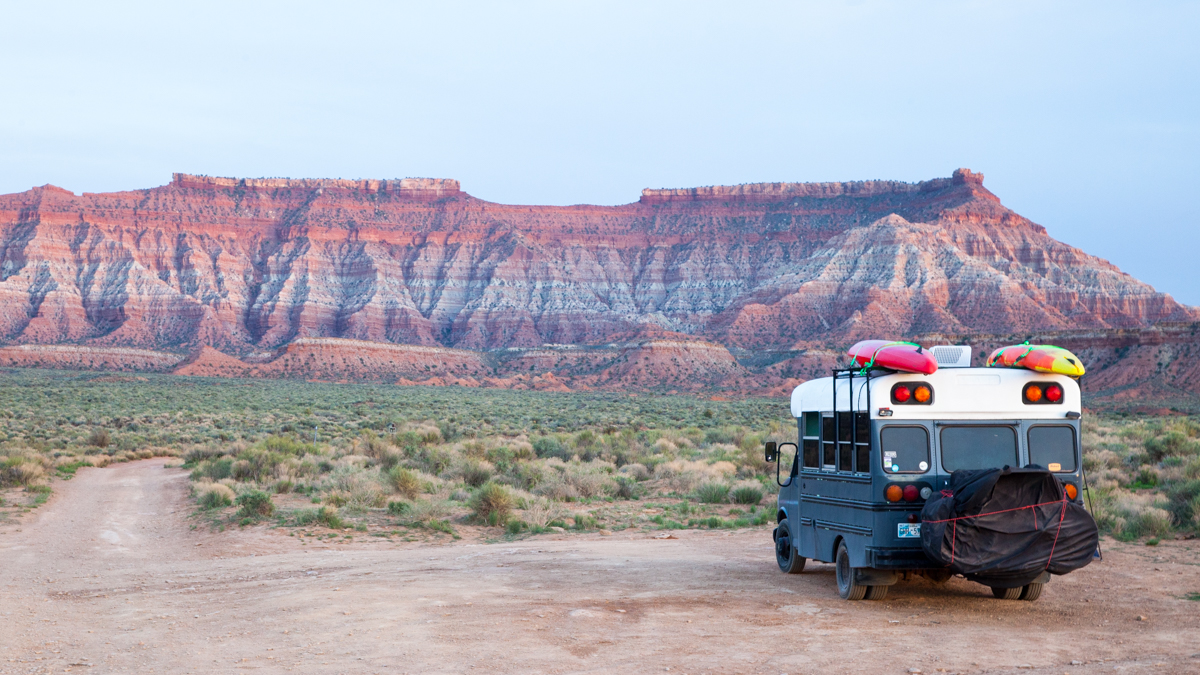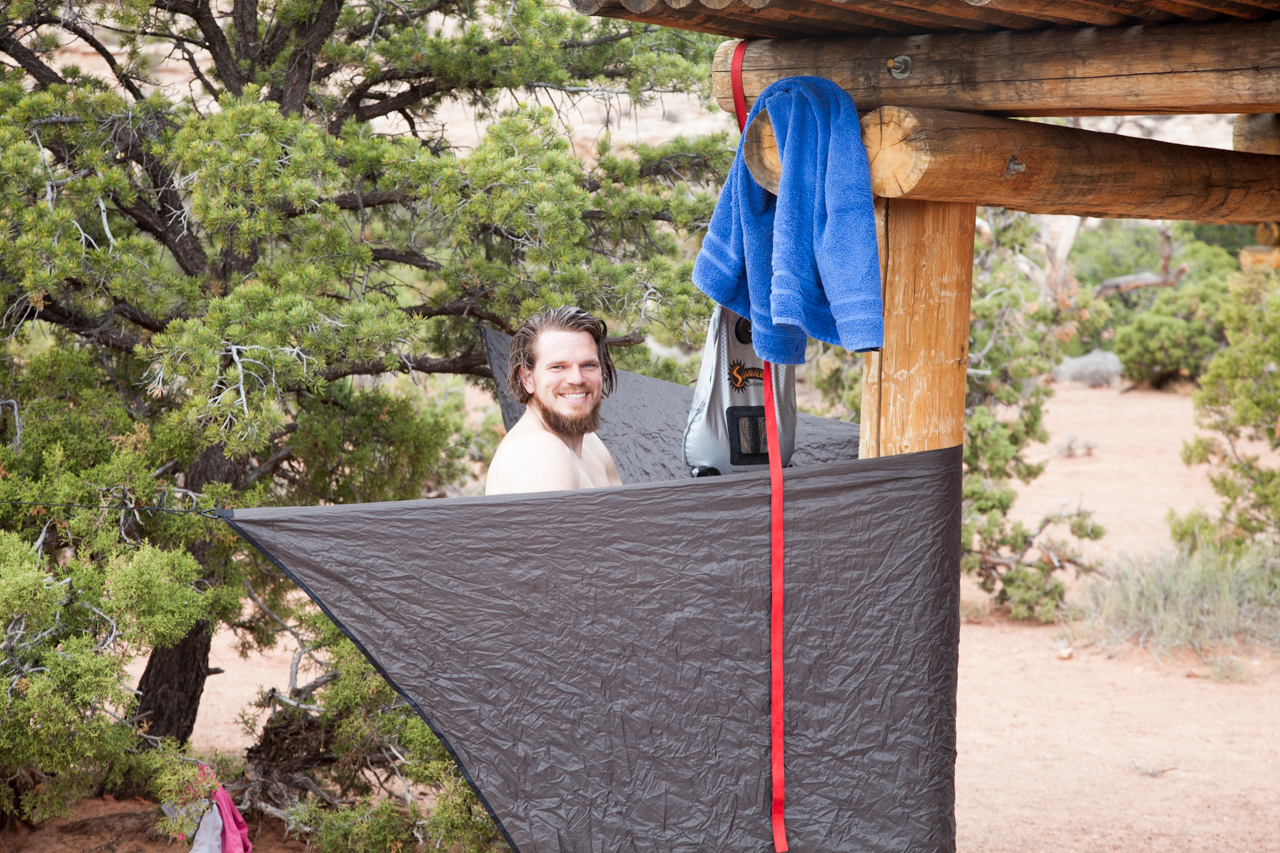Tips for Full-Time Travel
Most people dream of traveling full time by backpacking through Europe, driving an RV around the U.S., or taking a 4×4 to South America. We have some tips from our travels that can help you accomplish your dreams of full time travel!



